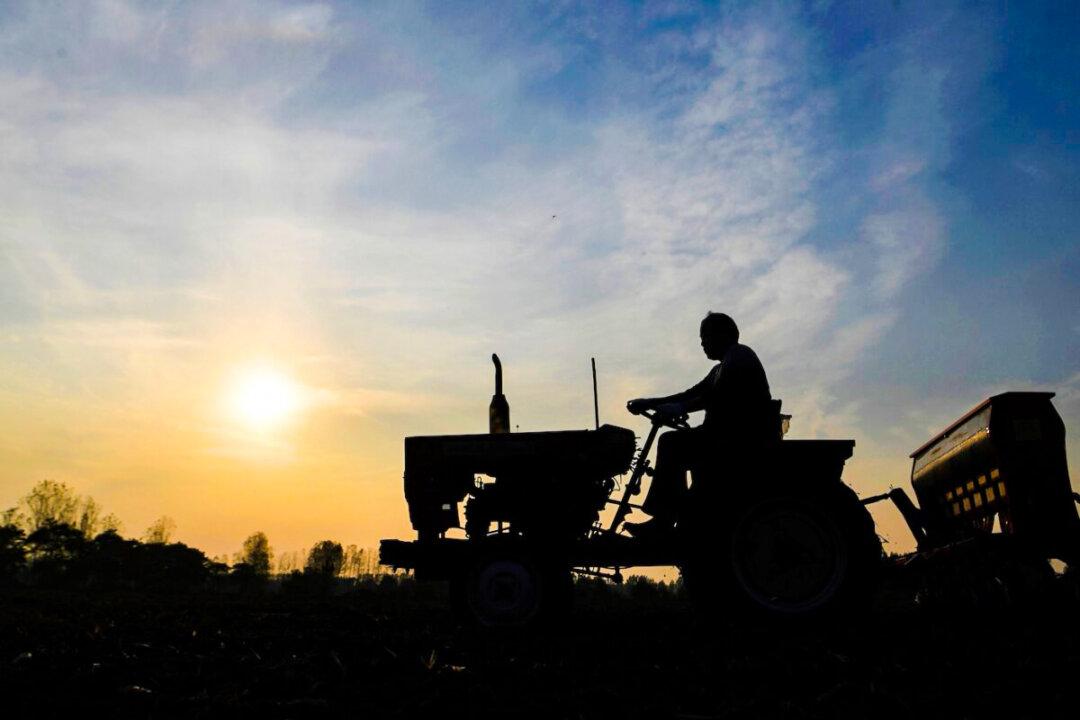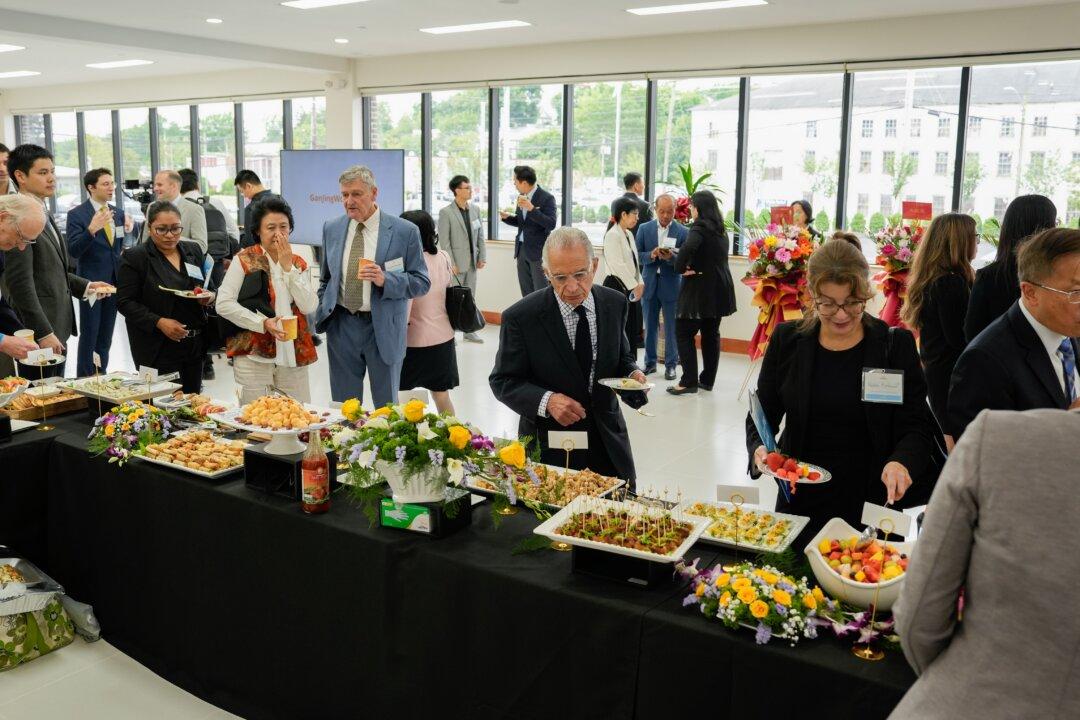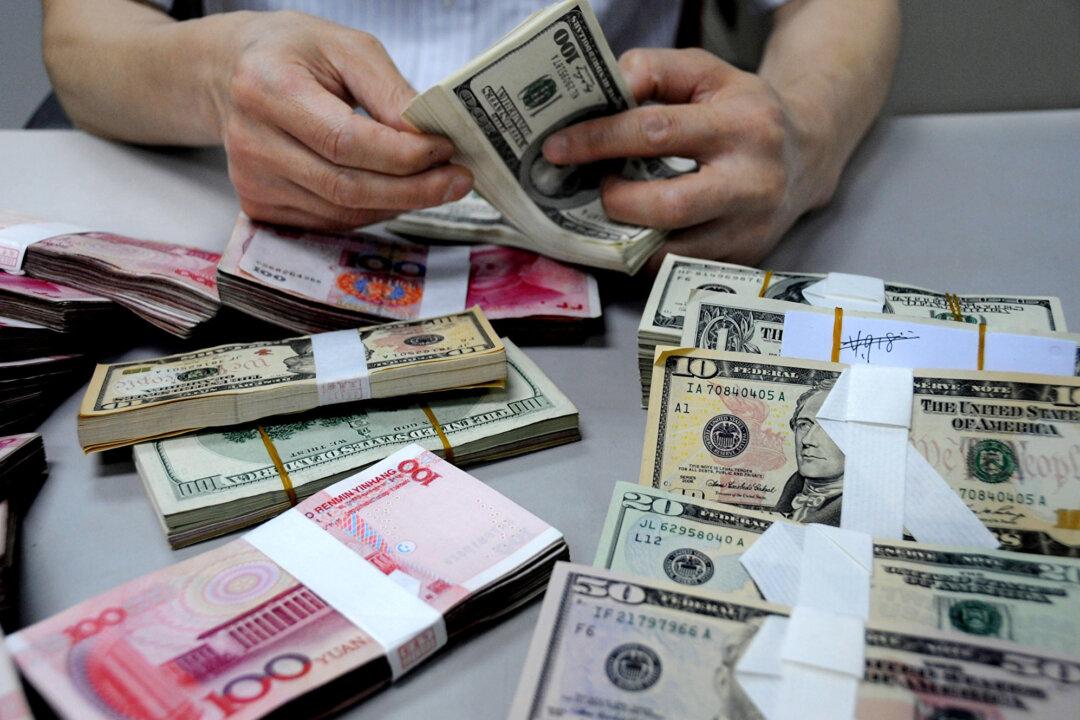Chinese Communist Party leader Xi Jinping recently focused on the need to ensure food security and the safety of homegrown seeds. Statistics show that China seriously relies on imported seeds for vegetables and grasses, and almost entirely on imported pigs for breeding.
On April 10, during a visit to the Yazhou Bay Seed Laboratory in Sanya, Hainan Province, Xi stressed that seeds are the key to China’s food security, and called on scientists to achieve independence and administration of germplasm and breeding, according to mouthpiece CCTV.





